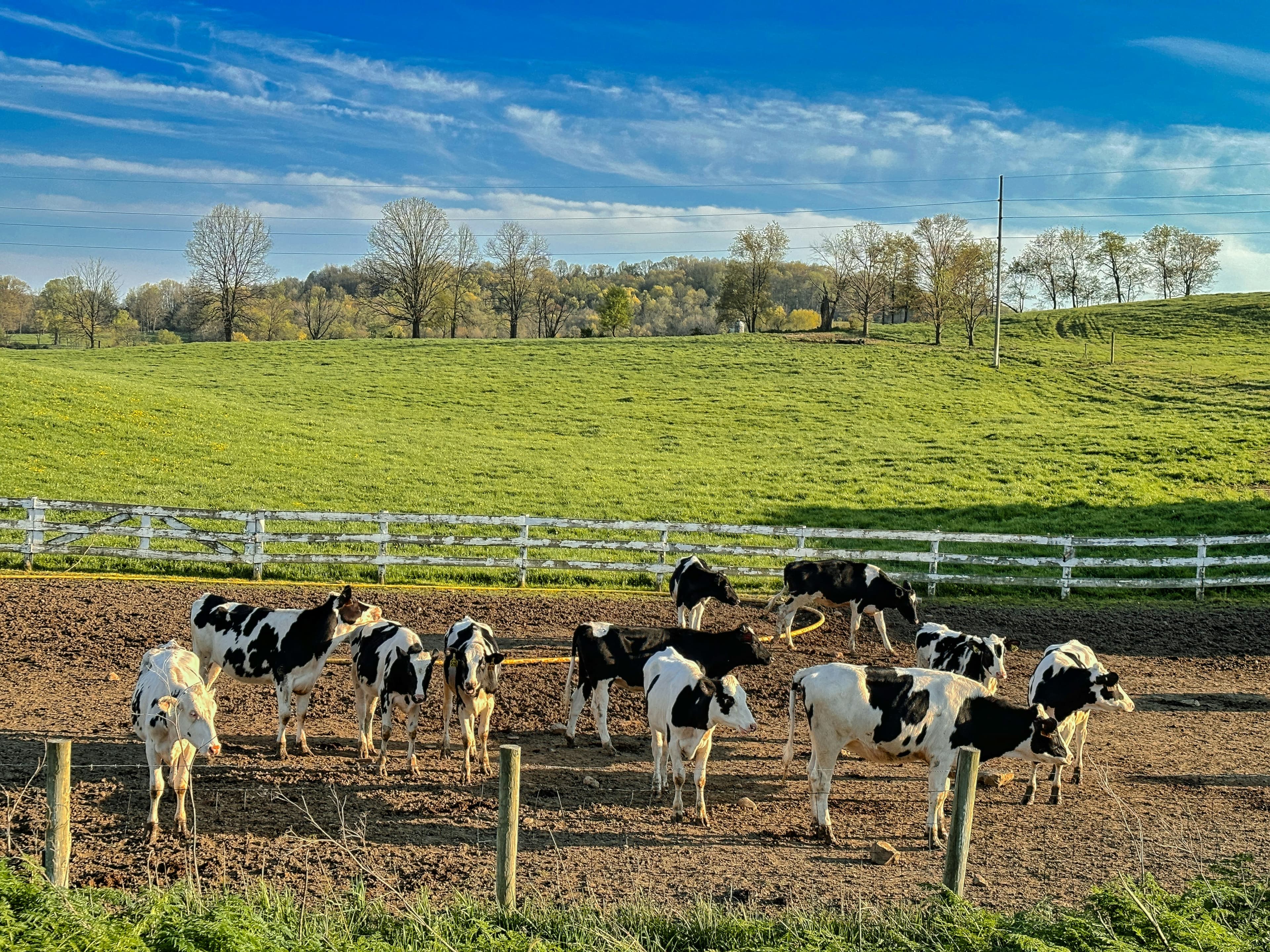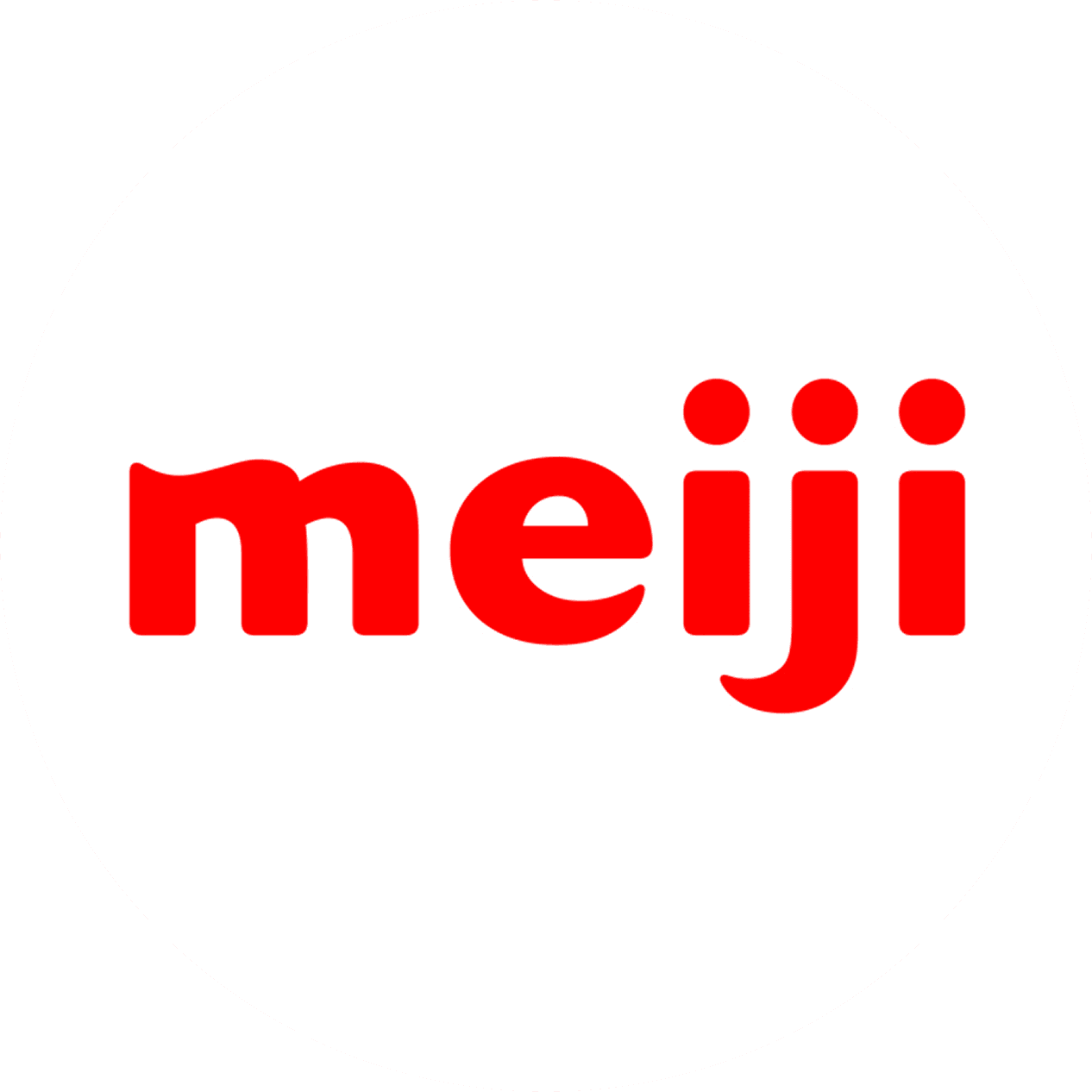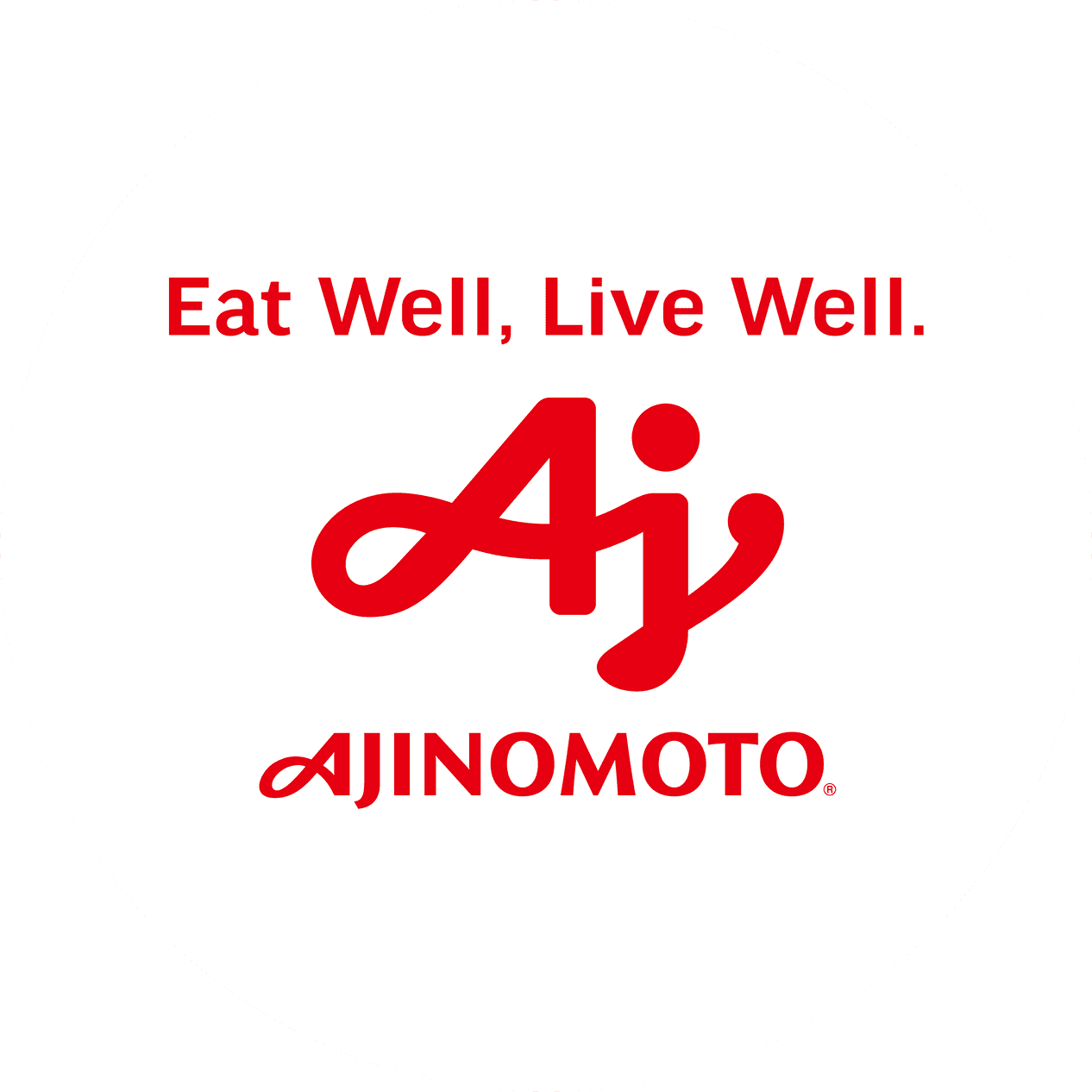
Cut carbon emissions with amino acid-balanced cattle feed
 Meiji
Meiji Ajinomoto
AjinomotoSummary
Amino acid-balanced feed improves protein use in dairy and beef farming, cuts nitrogen waste, lowers CH4 and N₂O emissions, and delivers cost savings while supporting farm productivity.
Context
Cattle production is a major source of greenhouse gas (GHG) emissions, accounting for about 10% of global emissions, driven largely by inefficient feed design. Traditional high-protein feed lacks essential amino acids, particularly lysine, resulting in surplus nitrogen excretion that generates nitrous oxide (N₂O), a greenhouse gas nearly 300 times more potent than carbon dioxide. In addition, reliance on protein-rich soybean meal increases lifecycle emissions and contributes to deforestation risk. To address these challenges, the implementing company has adopted a decarbonization strategy to improve feed efficiency in its dairy and beef supply chain, in partnership with the solution provider. This approach reduces upstream and downstream emissions and aligns with national and voluntary carbon credit schemes, linking emission reduction with economic incentives for farmers.
Location of the initiative (region, country, city): Japan (national), with potential scalability to global dairy and beef markets
Solution
Meiji has implemented AjiPro™-L, an amino acid-balanced feed developed by Ajinomoto Co., to enhance protein utilization in dairy cattle. By applying this solution, Meiji reduces nitrous oxide emissions from manure, lowers reliance on soybean meal, and cuts feed costs while maintaining productivity. AjiPro™-L corrects amino acid imbalances in conventional feed, driving both environmental and efficiency gains.
The initiative introduces AjiPro™-L, amino acid-balanced feed with targeted lysine delivery to improve protein utilization in dairy cattle. By correcting the amino acid imbalance in conventional feed, the solution reduces nitrous oxide emissions from manure, decreases reliance on soybean meal, and lowers feed costs while maintaining or enhancing productivity.

How the solution works
Key steps include:
Feed formulation: Collaborate with feed manufacturers and animal nutritionists to design balanced feeds including rumen-protected lysine.
On-farm adoption: Dairy farmers incorporate the feed with minimal change to existing practices, with results observed in approximately two weeks.
Carbon credit registration: Where applicable, farms register under the J-Credit scheme, enabling quantified emission reductions to be converted into tradable credits.
Revenue sharing: Farmers benefit from both feed cost savings (US$100 per cow annually) and additional income from carbon credits, strengthening adoption incentives.
Impact
Sustainability impact
Climate
This initiative targets Scope 3 emissions for dairy manufacturer from cattle farming, delivering an annual reduction of 1.01 tCO₂e per cow. There is no direct applicability to Scope 1 or 2 emissions, but significant impact is achieved in Scope 3. Within approximately two weeks of adopting amino acid-balanced feed, full results are observed as surplus nitrogen excretion decreases, leading to lower nitrous oxide (N₂O) emissions and reduced reliance on high-protein feed ingredients.
(The amount of GHG reduction varies depending on the composition of feed ingredients etc.)

GHG reduction by solution

GHG reduction by amino acid balanced feed
*1 Figures indicated might fluctuate depending on feed design etc.
*2 Japanese practices
*3 US practices
*4 Amplification effect of CH4 reduction additive
Nature
By reducing N₂O emissions from manure, the initiative supports healthier local ecosystems. Decreasing reliance on GHG-intensive feed ingredients such as soybeans further reduces lifecycle emissions from crop cultivation. Lower soybean demand also helps to mitigate deforestation pressure.
Social
The initiative enables a balance between productivity and environmental responsibility, strengthening the long-term sustainability of the dairy sector. Farmers benefit from annual feed cost savings of US$100 per cow and potential revenues from carbon credits, which enhance the resilience of rural communities.
Business impact
Benefits
The amino acid-balanced feed solution delivers significant business value beyond its sustainability contribution. By reducing the crude protein content of feed without compromising cattle performance, the solution lowers annual feed costs by US$100 per cow (The amount of feed cost savings varies depending on the composition of feed ingredients and the unit price of each ingredient), while improving herd health and productivity. In Japan, the J-Credit scheme allows both the implementing company and farmers to generate additional financial returns through the issuance and sale of carbon credits. The initiative also enhances the sustainability profile of the adopting company, strengthening its reputation with environmentally conscious stakeholders and opening opportunities for broader collaboration across the livestock sector.
Costs
The additional cost of introducing the amino acid-balanced feed solution is offset by feed cost savings realized from adjusting the overall feed composition. Farmers maintain nutritional performance while reducing reliance on high-cost protein ingredients such as soybean meal. No significant capital investment is required, and the initiative can be implemented with minimal operational disruption. Resistance from some farmers to change existing practices represents a potential barrier, but this can be mitigated through clear protocols, training, and ongoing technical support. The use of carbon credit revenues further offsets costs and increases farmer incentives.
Indicative abatement cost
The abatement cost is estimated at US$100 per head per year. This calculation demonstrates that the initiative not only reduces emissions but also delivers direct cost savings, providing a strong financial case for adoption. (The amount of feed cost savings varies depending on the composition of feed ingredients and the unit price of each ingredient)
Impact beyond sustainability and business
Co-benefits
The amino acid-balanced feed solution delivers additional positive impacts beyond climate and business outcomes. Improved protein utilization enhances cattle health and overall productivity, creating more resilient dairy operations. When used in combination with methane inhibitors, the solution’s effect on emissions is further amplified, demonstrating potential synergies with other mitigation practices. By reducing demand for land-intensive feed crops such as soybeans, the initiative may also help limit land-use change and deforestation, contributing to broader ecosystem protection.
Potential side-effects
Some farmers may be hesitant to change established feed practices, perceiving risk in altering long-standing routines. To address this challenge, the implementing company and solution provider work together to deliver clear feeding protocols, farmer training, and ongoing technical support. This ensures adoption remains smooth and farmers understand the tangible benefits. No major negative social or cultural impacts have been identified, but continuous engagement with farmers is emphasized to maintain trust and acceptance.
Implementation
Typical business profile
This initiative is most relevant for companies in the agricultural sector, particularly dairy and beef farming operations, as well as feed producers and formulators who advise farmers on optimal feed composition. It applies to organizations seeking to reduce Scope 3 emissions from supply chains, strengthen sustainability credentials, and generate additional income through carbon credit schemes. It is well suited for companies at an intermediate stage of the Net Zero journey, where improving operational efficiency and reducing upstream emissions are key priorities.
Approach
Co-design amino acid-balanced feed with Ajinomoto: The initiative partners with Ajinomoto Co., leveraging its AjiPro™-L formulation expertise to create feed with optimal amino acid balance and lysine delivery, ensuring nutritional precision and sustainability in cattle feed design.
Introduce feed on farms: Farmers adopt the amino acid-balanced feed with minimal change to existing practices, with full results typically achieved within two weeks.
Register as a carbon credit project: Where applicable, farms register under the carbon credit scheme and establish monitoring systems for feed use and manure management.
Return revenues to farmers: Carbon credit revenues are returned to farmers alongside cost savings, reinforcing incentives and ensuring long-term adoption.
Stakeholders involved
Implementing Company: Collaborating with procurement, operations, and sustainability functions to support adoption and integration into farm operations
Main solution provider: Developing and supplying the amino acid supplement and co-designs the business model with carbon credit integration
Other stakeholders: Dairy / Beef farmers who adopt the feed and monitor emissions; credit scheme authorities who verify and issue credits
Key parameters to consider
Initiative maturity: Established practice, with methodologies already developed under the J-Credit scheme
Implementation timeline: Approximately two weeks required to achieve full results after introducing the feed
Average lifetime: Ongoing as long as feed substitution is maintained
Technical prerequisites: Expertise in feed formulation and farmer training required for adoption; monitoring systems needed for carbon credit projects
Geographical relevance: First applied in Japan, but scalable to global dairy and beef sectors
Potential barriers: Farmer resistance to altering feeding practices; mitigated by technical support and training
Subsidies: Eligibility to generate carbon credits under national and voluntary schemes provides financial support
Implementation and operations tips
Main challenges: Farmer reluctance to change established feed practices
Overcoming challenges: Provide clear feeding protocols, technical support, and training to ensure confidence and smooth transition
Ensuring success: Communicate both cost savings (US$100 per cow annually) and emission reduction benefits (1.01 t CO₂e per cow annually) to strengthen buy-in
Scaling adoption: Leverage carbon credit revenues to provide continuous incentives and highlight co-benefits such as improved cattle health and productivity
Long-term success: Encourage holistic farm-level GHG accounting, promote herd optimization strategies, and maintain regular engagement with farmers to ensure trust and sustained adoption